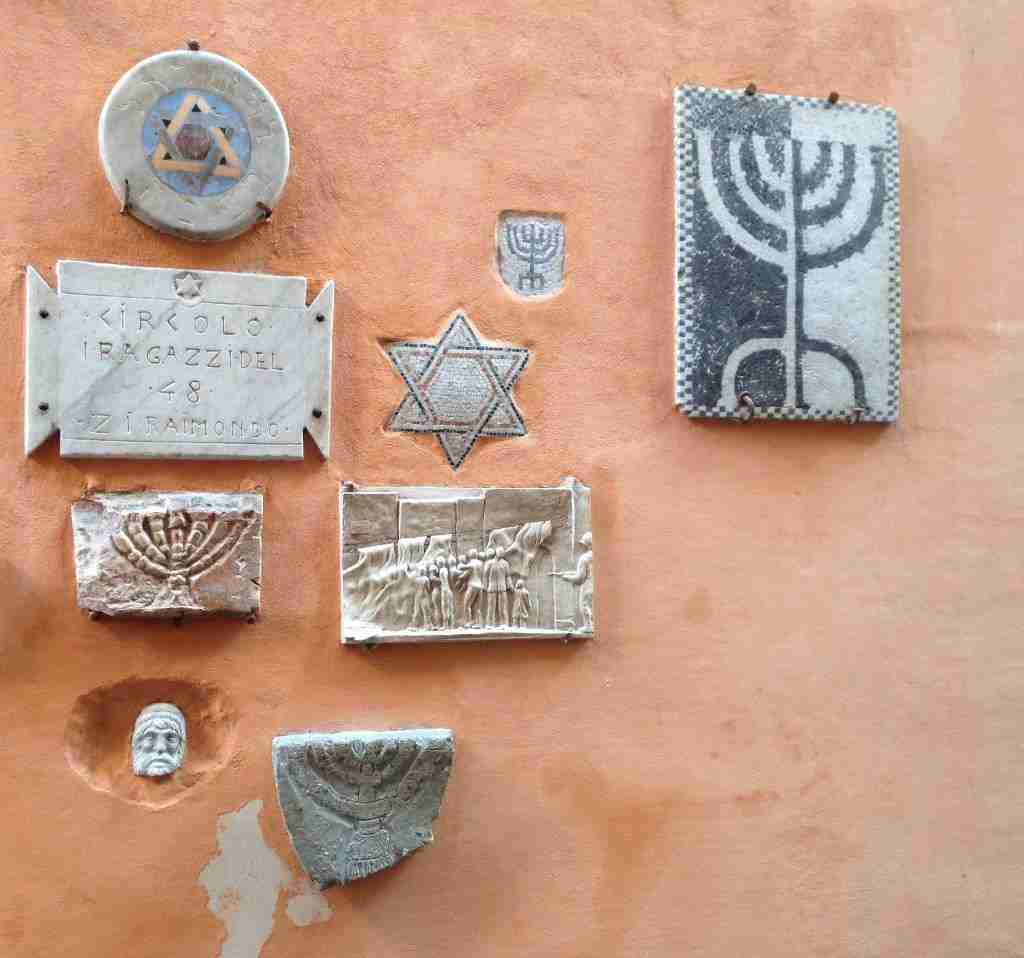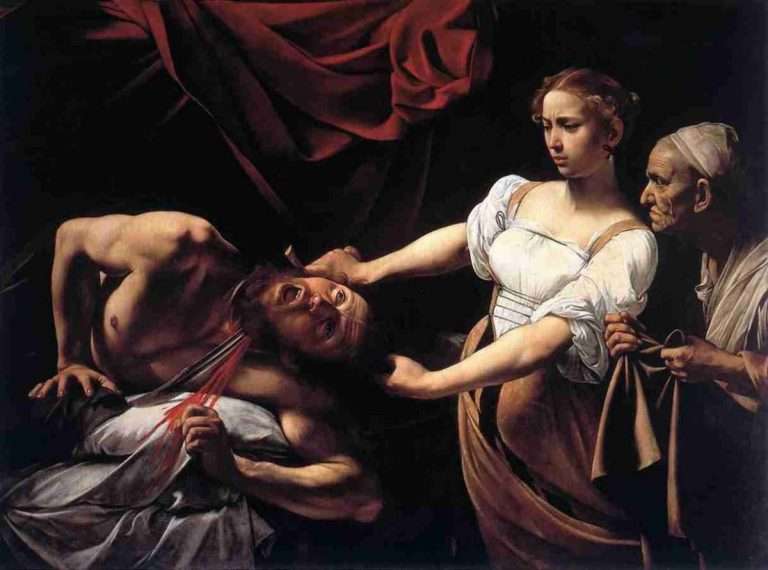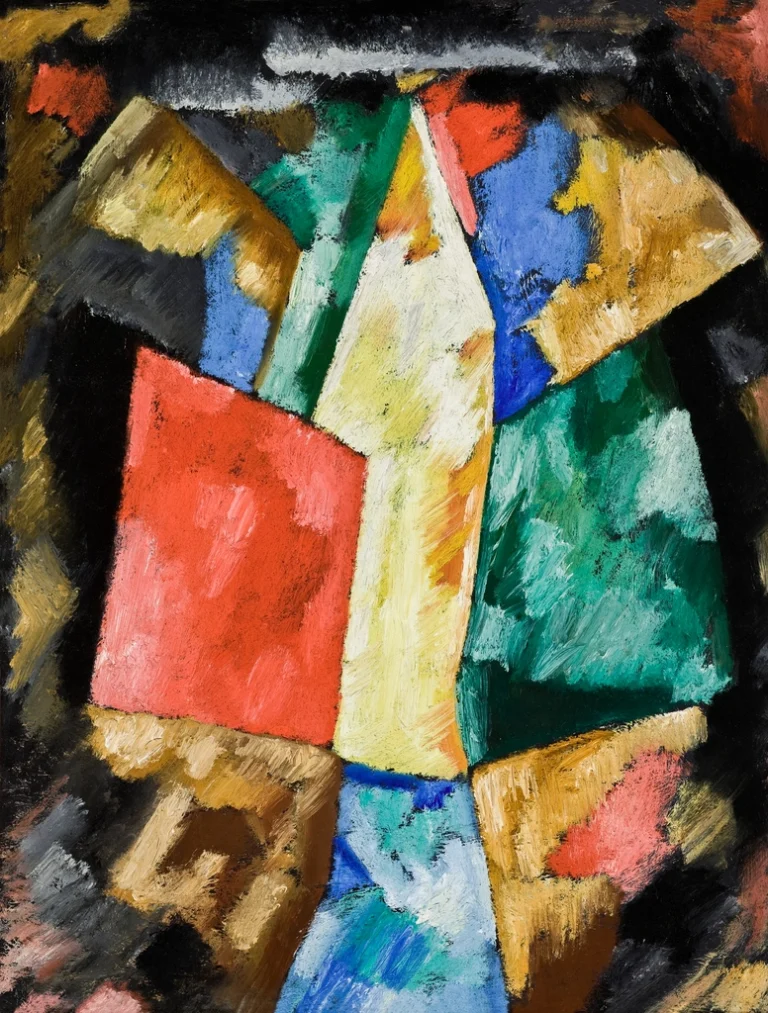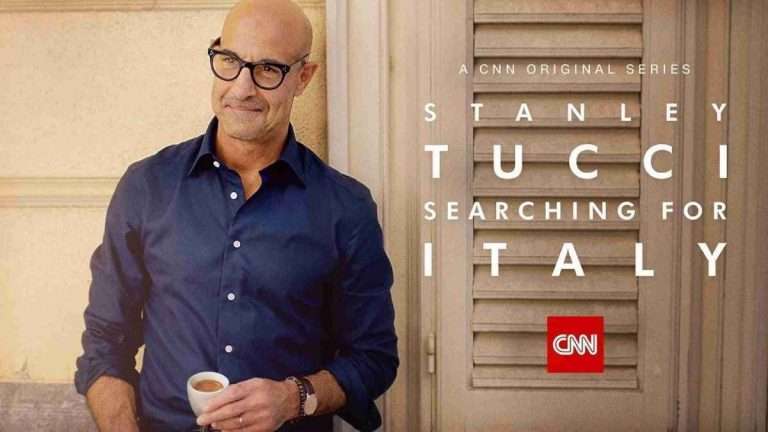
“It’s impossible to do this tour or any other tour chronologically.”
This was one of the first things Lauren, a guide for the walking tour company Context Travel, told us as we stood in Largo Arenula, our starting point for a historic walk of Rome’s Jewish Quarter and Trastevere. In addition to Lauren, a British scholar who has studied the art, history, and culture of Rome for the better part of two decades, my group consisted of a quiet, young couple and a young, single woman. Context had invited me to be a guest on one of their tours and I chose to take this one as it was an area I knew the least about. I liked the idea of going on the tour as more or less a blank slate. I wanted to learn something.
At this point, I should back up and say that I have studied Rome, its landmarks, art, history, and neighborhoods for more than 15 years. Before that, I worked at an institute for German Studies and interned at the United States Holocaust Memorial Museum. Even with this specialized knowledge, I’ve always found it difficult to find information about Rome’s Jewish heritage. Most guidebooks give it short shrift, which isn’t surprising; there are too many layers here to cover any one topic in detail. But I would venture to say that the story of the Jewish people in Rome is one of the few threads that weaves together the story of this city in a way that is both historically comprehensive and personal.
Following are just a few of the sites I learned about on the three-hour tour.
Some Points of Interest on the Tour of Jewish Quarter
Rome’s Jewish Quarter is typically referred to as the Ghetto for historical reasons. But Giulia, the docent at Rome’s Jewish Museum and Synagogue, noted that Rome’s Jews no longer live in a ghetto: “the gates have long been taken down and the Jewish people are free to come and go as they please.” She calls it the ex-Ghetto or the Jewish Quarter and urged us to do the same.
The heart of the Jewish Quarter lies between Via del Portico d’Ottavia and Piazza delle Cinque Scole. Meanwhile, the rest of the neighborhood extends north to Via dei Falegnami (including Piazza Mattei); west to Via Arenula; east to Portico d’Ottavia, and south to Lungotevere dei Cenci. It is a small quarter–only about four blocks–but, like most everywhere in the center of Rome, there’s something to ponder and/or catch the eye at every turn and glance.
Piazza Mattei

Our walk began on Falegnami, walking down to Piazza Mattei. The piazza and palazzo here are named after the Mattei, a wealthy family that settled in this area, which was already occupied by Roman Jews, in the Middle Ages. The Roman Catholic Mattei family, who produced eight cardinals for the church, were given keys to the gates of the Roman ghetto following its construction by Pope Paul IV in 1555.
The Fontana delle Tartarughe, above, is one of the most beloved fountains in Rome. Truly, it has always been one of my favorites. But despite its pedigree–built by Giacomo Della Porta with possible later additions by Bernini–and its legendary origin story–commissioned by Muzio Mattei to impress his future father-in-law–it has a less glorious past. During the early days of the Ghetto, this was one of the only sources of fresh water for the Jewish people. It’s not a very large fountain.
Piazza delle Cinque Scole

The center of Jewish life in Rome can be pinpointed to where Piazza delle Cinque Scole meets Piazza Costaguti and Via del Portico d’Ottavia. It was here that we paused to buy some pastries from Boccione, the quarter’s best known kosher bakery. After we exited the bakery, we crossed the piazza, then turned around to face it again.

“This to me,” said Lauren, “is perhaps the most positive highlight of the tour.” She pointed to a long Latin inscription across the top of the shops on Via del Portico d’Ottavia. Here is where, in 1468, a wealthy Lorenzo Manilius built a palazzo, declaring his love for Rome with the Latin inscription: “URBE ROME IN SHAPE PRISTINAM (MR) ENASCENTE LAUR. Manlius KARITATE ERGA PATRI (AM) (A) EDIS HIS NOMINATION MANLIANAS PRO FORT (A) AR (UM) MEDIOCRITATE AD FOR (UM) IUDEOR (UM) SIBI POSTERISQ (EU) SUIS A FUND (AMENTIS) P (OSUIT). AB CO (S) WITH (DITA) MMCCXXI L AN (NO) M (ENSE) III D (IE) II P (OSUIT) XI (CAL ENDAS) AUG (USTAS)” which translates (very) roughly as:

While Rome is reborn to its original splendor, Lorenzo Manilius, as a sign of love for his city, built from the ground up on the Piazza Judea proportion to its modest possibilities, this home that takes his name from the title of Manliana, for himself and his descendants, in the year 2221 since the founding of Rome, at the age of 50 years, 3 months and 2 days; founded the house the eleventh day before the calendar of August.
The fact that Manilius mentions that here is where Rome’s Jewish quarter stands, that he makes reference to the Jewish people in stone rather than ignoring them, is what makes this a special landmark.
Portico d’Ottavia
The ancient and the modern history of Jewish Rome come together—tragically—at Portico d’Ottavia. The ancient portico, which dates back to the 2nd century BC, was long the site of a fish market. But these ruins also mark one border of the Ghetto as well as the site where the Nazis rounded up Jews on 16 October 1943 in order to deport them to concentration camps. The numbers are staggering: more than 1,259 Jewish men, women, and children were deported; only 16 returned. Indeed, the reminders of this tragedy are scattered throughout the Ghetto: golden plates are wedged into the cobblestones marking the names, birth, and death in front of the very buildings where these souls were rounded up.
Rome’s Synagogue and Jewish Museum
Greater Rome is home to approximately 17 synagogues, but the main synagogue—the Tempio Maggiore—is here along the Tiber. One of the largest synagogues in Europe, it actually holds the main temple and, in the basement, a smaller synagogue (the Spanish Synagogue) and an extensive museum on the history of Judaism in Rome. The synagogue was constructed between 1901 and 1904 on a large plot of the Ghetto that was demolished (by the Jewish people) following Rome’s unification (and subsequently Jewish emancipation) in 1870. The temple was built by Italian architects with no real knowledge of how to build a synagogue, so the interior, with its soaring dome, seems more like a basilica. But then, when one looks closely on the backs of the pews on the first row, one sees the name plate “ex-deportati”—reserved seating for those few Roman Jews who returned following Nazi deportation.
Context Travel’s Tour of the Jewish Quarter and Trastevere
Our walk traveled on, crossing over the Tiber to the Isola Tiberina (Tiber Island) and continuing on through the alleys of Trastevere. There was another Mattei property, fading Jewish symbols etched on a building I’ve walked past countless times, and two churches–Santa Cecilia and Santa Maria–on the rest of the itinerary. Throughout it all, Lauren managed to weave a compelling story of history, art, culture, and oppression, a walk that would have been challenging to create on my own.
I think this long post is evidence that I learned a great deal from this tour and that I highly recommend it. I tend to travel on my own but the “small batch” group dynamic that Context maintains (a maximum of 6 in a tour group) made the tour feel like an outing with (very intelligent) friends. It did not feel invasive and it wasn’t boring. In fact, Lauren stayed with us about 20 minutes longer than she should have, answering our questions and feeding our curiosity.
Will you have the same experience I did? Probably not; Context has more than a dozen scholars capable of leading this tour. But that’s exactly why you should consider booking this walk (or another that appeals that your interests). How exciting it is to travel more deeply, to learn something new.
Last updated on May 17th, 2023Post first published on November 18, 2014












![Gabbiano Azzurro Hotel & Suites: Sardinian Style in Golfo Aranci [Review]](https://www.italofile.com/wp-content/uploads/Pool-Terrace-Gabbiano-Azzurro-Sardegna-scaled-768x512.jpg)



